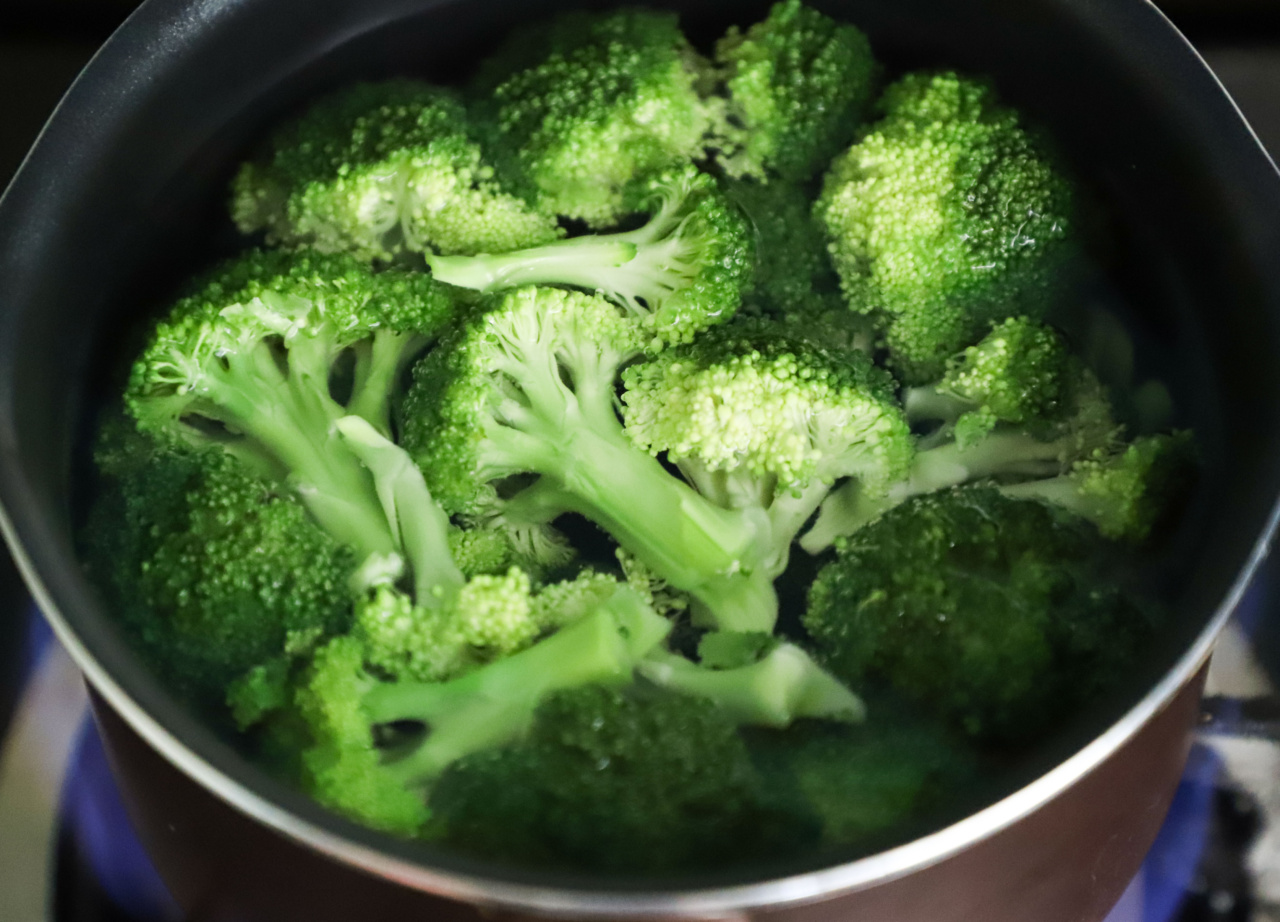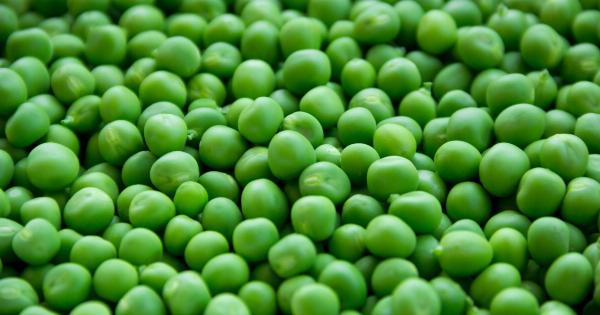When it comes to consuming vegetables, many people wonder whether it is better to eat them raw or cooked.
Both options have their own set of advantages and disadvantages, and determining which one is superior often depends on personal preferences and individual dietary needs. In this article, we will explore the pros and cons of raw and cooked vegetables to help you make an informed decision.
1. Nutritional Benefits of Raw Vegetables
Eating vegetables in their raw state is highly preferred by proponents of the raw food diet. The utmost advantage of consuming raw vegetables is the fact that they retain maximum nutritional value.
Raw vegetables are rich in essential vitamins, minerals, and antioxidants that are generally heat-sensitive and diminish when exposed to high temperatures.
Furthermore, raw vegetables are excellent sources of dietary fiber, which aids in digestion and promotes bowel regularity. The fiber content in raw vegetables helps prevent constipation, promotes satiety, and may contribute to weight management.
2. The Downsides of Raw Vegetables
While raw vegetables have their share of nutritional benefits, they also have certain downsides that may affect certain individuals. Raw vegetables can be harder to digest as they contain harder-to-breakdown cellulose and resistant starches.
This can lead to bloating, gas, and digestive discomfort in some people, especially those with sensitive stomachs or digestive issues.
Additionally, some vegetables contain natural toxins and anti-nutrients that are neutralized or minimized through cooking.
For instance, lectins, oxalates, and phytates found in certain raw vegetables can impair nutrient absorption and interfere with mineral absorption. Cooking can help degrade these compounds, making the nutrients more bioavailable to the body.
3. Unlocking Potential Through Cooking
Cooking vegetables can make them easier to digest and help release certain beneficial compounds, making them more accessible to our bodies.
The process of cooking can break down the hard cell walls present in raw vegetables, softening them and enhancing their texture and flavor.
Moreover, cooking can increase the antioxidant content of certain vegetables. Lycopene, for example, is an antioxidant that is found in high amounts in cooked tomatoes but is only minimally present in raw tomatoes.
The heat applied during cooking helps release and boost the availability of lycopene.
4. Types of Cooking Methods
There are various cooking methods that can be employed while preparing vegetables, each offering unique benefits:.
4.1 Steaming
Steaming vegetables is a popular cooking technique as it helps to retain most of their nutrients. This gentle cooking method requires minimal water, which helps preserve water-soluble vitamins and minerals.
4.2 Boiling
Boiling is a simple and quick way to prepare vegetables, but it can lead to nutrient loss as some vitamins can leach into the cooking water. However, this cooking method can be effective in reducing anti-nutrients like lectins in foods such as legumes.
4.3 Stir-Frying
Stir-frying involves cooking small, thinly sliced vegetables in a small amount of oil over high heat. This method allows for quick cooking while retaining the taste, texture, and some nutrients.
4.4 Roasting
Roasting vegetables in the oven with a drizzle of oil can enhance their flavors and textures. This cooking method caramelizes natural sugars, resulting in a slightly sweeter taste but may lead to some nutrient loss.
4.5 Grilling
Grilling vegetables can impart a smoky flavor and appealing charred marks. However, high heat and direct flames may cause nutrient loss, so it is advisable to monitor the cooking time.
5. The Impact on Specific Nutrients
Both raw and cooked vegetables have their advantages and disadvantages when it comes to preserving specific nutrients:.
5.1 Vitamin C
Vitamin C is highly susceptible to heat and can be lost during cooking. Raw vegetables that are high in vitamin C, such as bell peppers and broccoli, retain more of this nutrient when consumed raw.
5.2 Vitamin B9 (Folate)
Folate is a heat-sensitive vitamin that can be partially lost during cooking. However, certain cooking methods, like steaming, help retain folate better than others, making cooked vegetables a good choice for those who need this vital nutrient.
5.3 Lycopene
As mentioned earlier, lycopene is a potent antioxidant that is more readily available in cooked tomatoes. Cooking tomatoes in the form of sauce or paste increases the lycopene content and enhances its absorption in the body.
6. Culinary Versatility
Another important aspect to consider when choosing between raw and cooked vegetables is culinary versatility.
Cooking vegetables can help transform their texture, flavor, and appearance, making them more appealing and enjoyable to consume for some individuals. This can be useful, especially if you have picky eaters or are looking to experiment with different recipes.
On the other hand, raw vegetables provide a refreshing crunch and natural taste that can be enjoyed on their own, in salads, or as accompaniments to various dishes.
7. Combining Raw and Cooked Vegetables
Why choose one when you can have the best of both worlds? Incorporating both raw and cooked vegetables into your diet can offer a range of benefits. By diversifying your vegetable consumption, you can ensure a wider array of nutrients.
Enjoying a variety of vegetables both raw and cooked can provide you with the best balance of essential vitamins, minerals, and antioxidants.
Remember, different cooking methods can affect the nutrition of vegetables differently, and the key lies in maintaining a varied and well-rounded diet.
8. Conclusion
The debate between raw and cooked vegetables ultimately comes down to personal preference and the specific nutritional needs of each individual. While raw vegetables generally provide higher nutrient levels, they can also be harder to digest.
Cooking vegetables can make them more easily digestible and increase the availability of certain nutrients. It is often recommended to incorporate a combination of both raw and cooked vegetables in your diet to obtain a wide range of nutrients and to explore various flavors and textures.
Ultimately, the choice between raw and cooked vegetables is a matter of personal preference and finding the right balance that works for you.
Whether you are a raw food enthusiast or prefer the taste of cooked vegetables, what matters most is consuming a diverse array of fresh vegetables to support a healthy lifestyle.






























